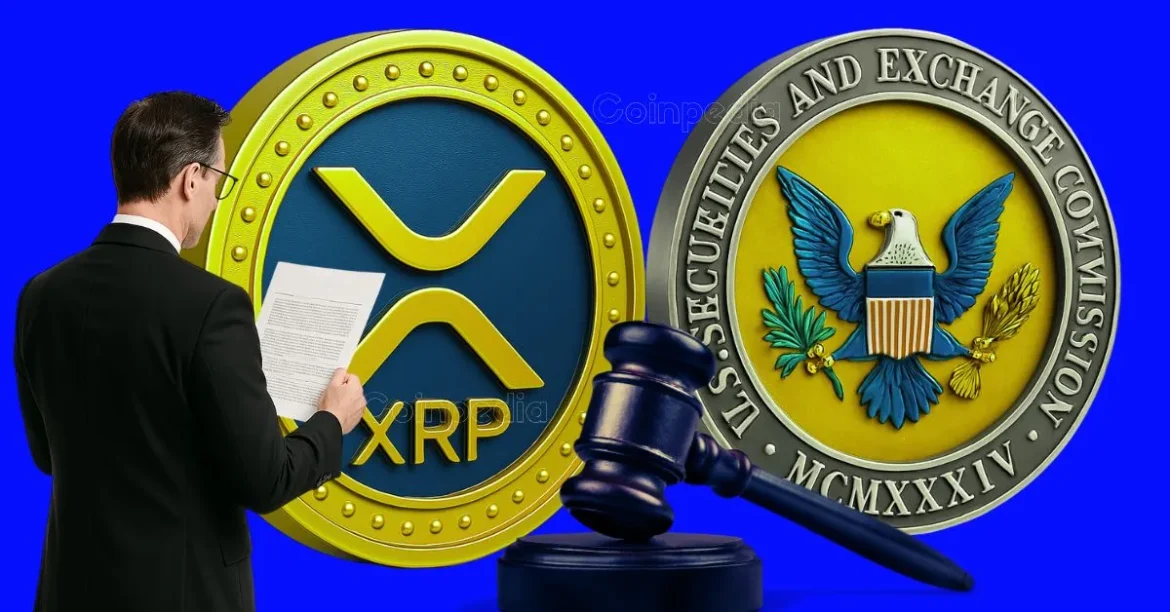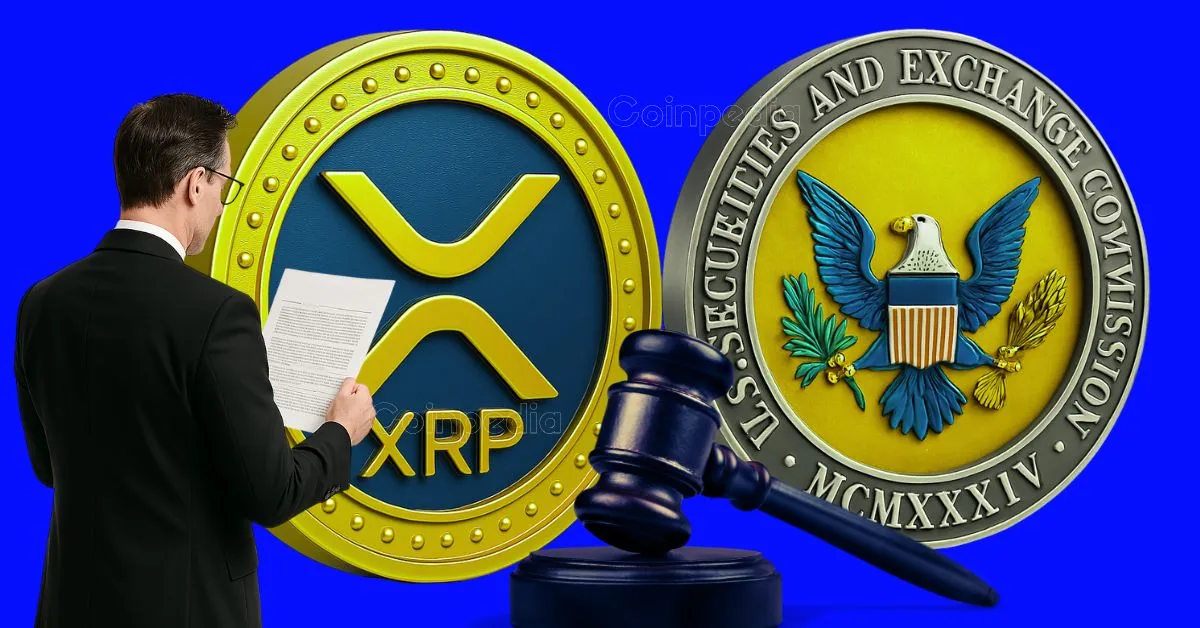Ripple’s protracted legal battle with the U.S. Securities and Exchange Commission (SEC) appears to be nearing its conclusion, centered around a $125 million penalty for alleged unregistered securities sales involving XRP tokens. This report breaks down the latest developments, the ongoing judicial considerations, and the implications for Ripple, the SEC, and the broader crypto landscape.
—
Background of the Ripple vs. SEC Lawsuit
Since December 2020, the SEC accused Ripple Labs Inc. of conducting unregistered securities offerings by selling XRP tokens worth approximately $1.3 billion. The core legal question hinged on whether XRP qualifies as a security under U.S. law—a status that would have subjected Ripple to stricter regulations and penalties.
Ripple has consistently denied these allegations, arguing that XRP functions as a currency rather than a security. A significant judicial ruling came in 2023 when U.S. District Judge Analisa Torres found that institutional sales of XRP did constitute securities transactions, solidifying the SEC’s case. Judge Torres issued a judgment ordering Ripple to pay a $125 million civil penalty.
—
Settlement Attempts and Judicial Hurdles
Efforts to resolve this litigation have included multiple settlement proposals:
– Joint Motion to Settle the Case: Ripple and the SEC filed a joint motion proposing to end the lawsuit by splitting the $125 million escrowed penalty. In this proposal, Ripple would pay $50 million to the SEC as a fine, and the remaining $75 million would be returned to Ripple. Both parties further agreed to withdraw pending appeals if the court approved this plan.
– Judicial Response: Judge Torres rejected an initial $50 million settlement proposal, citing procedural errors and insufficient legal justification to dissolve the existing injunction against Ripple. The injunction prevents Ripple from selling unregistered securities, impacting its business operations.
– Latest Joint Motions: Ripple and the SEC have since refiled motions asking the court to “dissolve the injunction” and release the escrowed funds. These filings emphasize “exceptional circumstances” to justify modification of the original judgment.
Despite these efforts, the court has been hesitant to finalize the settlement without thorough procedural compliance and sufficient rationale to dissolve the injunction linked to XRP sales.
—
Legal Opinions and Expert Expectations
Legal experts offer differing views:
– Optimistic Outlook: Lawyer Bill Morgan and others believe Judge Torres is inclined to approve the settlement soon, which would end years of uncertainty for Ripple. They view the joint motion as a practical resolution reflecting the current legal and market realities.
– Cautious Perspectives: Some ex-SEC lawyers and analysts suggest no immediate ruling will come, pointing to procedural pauses and potential delays. They emphasize that the SEC may await new leadership or broader regulatory frameworks before fully closing this chapter.
– Financial and Business Impact: The retention of the $125 million penalty, or reduction to $50 million, affects Ripple’s finances directly. A lower fine and injunction lift would enable the company to regain operational flexibility and reduce litigation expenses, potentially boosting XRP prices.
—
Market Reactions and Cryptocurrency Implications
The lawsuit’s progress has fueled significant volatility in XRP’s price:
– Upon announcements of settlement progress, XRP has surged as much as 20%, with traders anticipating market-friendly outcomes.
– Conversely, judicial rejections or delays have introduced uncertainty, tempering bullish momentum.
– Analysts project that the resolution of this dispute, especially if favorable to Ripple, could catalyze a breakout rally with XRP targets climbing toward $3 in the near term.
Regulators and investors alike view the Ripple case as a bellwether for the regulatory classification of cryptocurrencies in the United States. A definitive ruling or settlement sets precedent that will influence future enforcement actions and market acceptance of crypto assets.
—
Key Challenges Remaining
– Court Approval: The ultimate decision resides with Judge Torres, who must confirm if the settlement terms meet legal standards and justify lifting the injunction against Ripple.
– Appeals and Pending Claims: While the main class claims resolve through the settlement, one individual claim remains pending final appeals. These residual legal issues could delay the full closure.
– Compliance and Market Impact: Even with a settlement, Ripple must adjust to compliance obligations and market conditions shaped by the ruling.
—
Conclusion: The Legal Endgame and Ripple’s Future
Ripple’s journey through this landmark legal dispute underscores the complexities of applying securities law to emerging technologies like cryptocurrencies. The $125 million civil penalty—potentially modifiable to $50 million—reflects a compromise between regulatory enforcement and the realities of innovation.
As the court weighs the joint proposed settlement, the crypto community watches closely. Approval would mark the conclusion of one of the longest-running legal battles in the crypto space and provide a clearer roadmap for digital asset regulation. Failure to settle could prolong uncertainty, delaying Ripple’s strategic initiatives and market growth.
In either outcome, the Ripple vs. SEC case reshapes the regulatory landscape, influencing how cryptocurrencies will be traded, regulated, and integrated going forward. The final judgment will resonate beyond Ripple itself, heralding a critical chapter in cryptocurrency’s evolving relationship with federal law.





